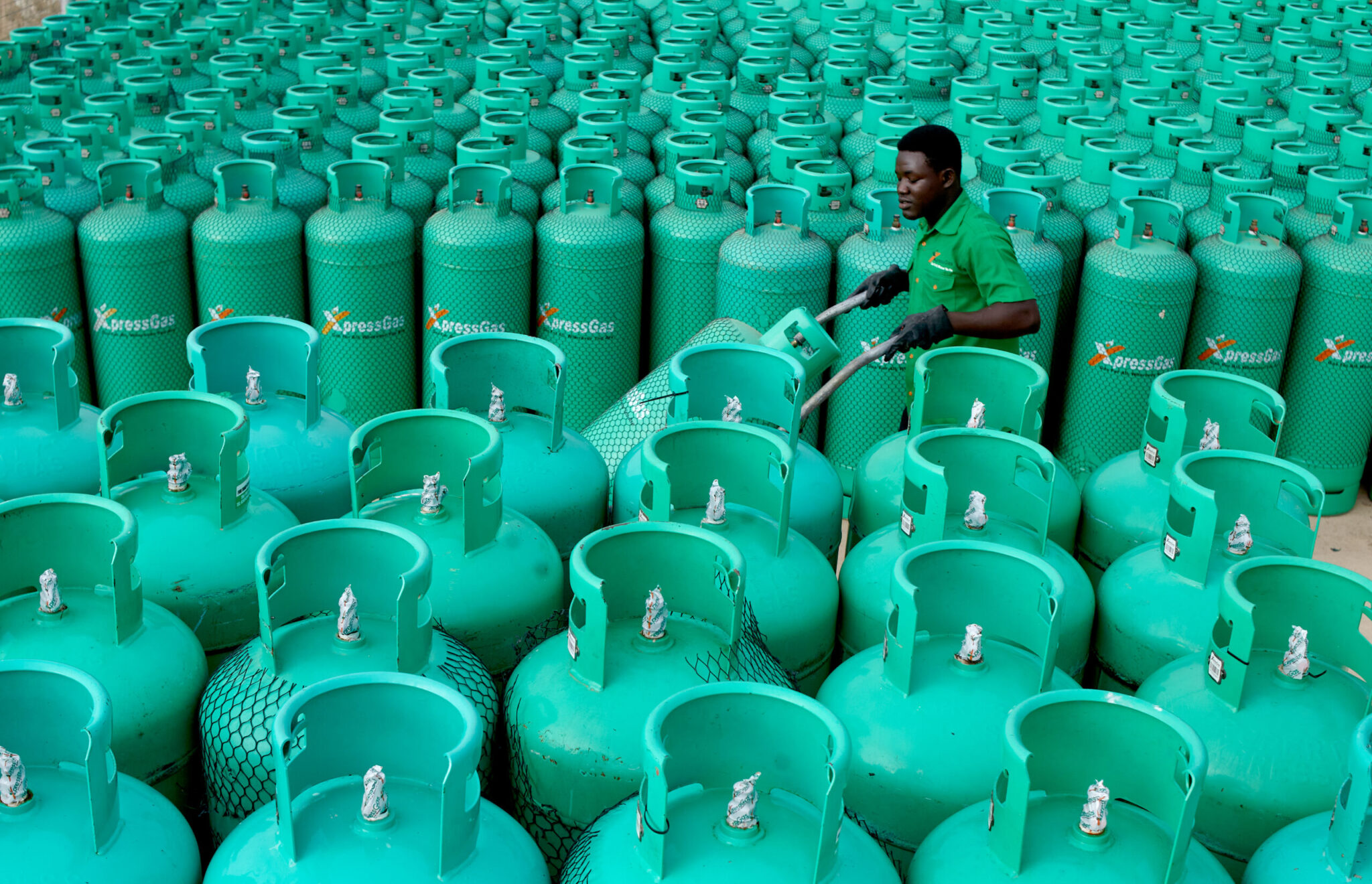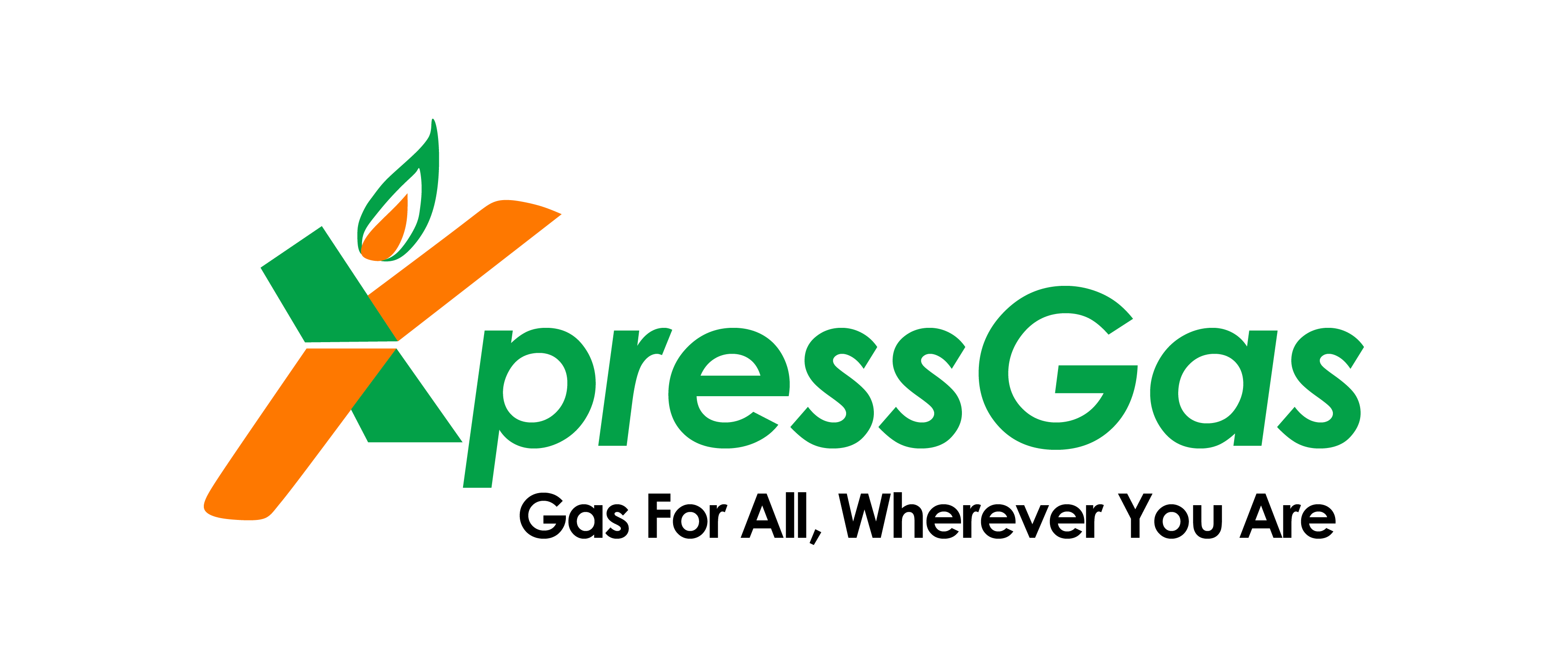Cylinder Recirculation Model - CRM

Under the CRM, cylinders are filled in bulk at a bottling plant and dispatched to the cylinder exchange points. The consumers will come to the exchange point and access the cylinder when they run out.
The bottling company bare the price of the cylinder. The consumer is not expected to go further and pay for the cost of the cylinder. The consumer may, however, be required to pay a security deposit – which is a token, to say that you will bring back the cylinder you have taken.
CRM is a much safer way of bringing LPG to consumers. With the existing refilling stations, the consumers are exposed to certain risks, as they stand there to fill their cylinders. But under CRM, you go and just take the already filled cylinder at the exchange points and so you are not exposed to any of those risks at the refilling stations.
CRM also saves consumers time because with the refilling system, the consumer spends time carrying the cylinder somewhere to fill it and probably wastes time in the queue to get it filled before coming back to his or her destination.
Join Our Waiting List
FAQ's
Gas users only have to pick up filled-up cylinders and pay for the content after registering with their national identity cards.
You go and just take the already filled cylinder at the exchange points and so you are not exposed to any of those risks at the refilling stations.
With this model, the bottling company bore the price of the cylinder. You the consumer expected to go further and pay for the cost of the cylinder.
You may be required to pay a security deposit – which is a token, to say that you will bring back the cylinder you have taken
